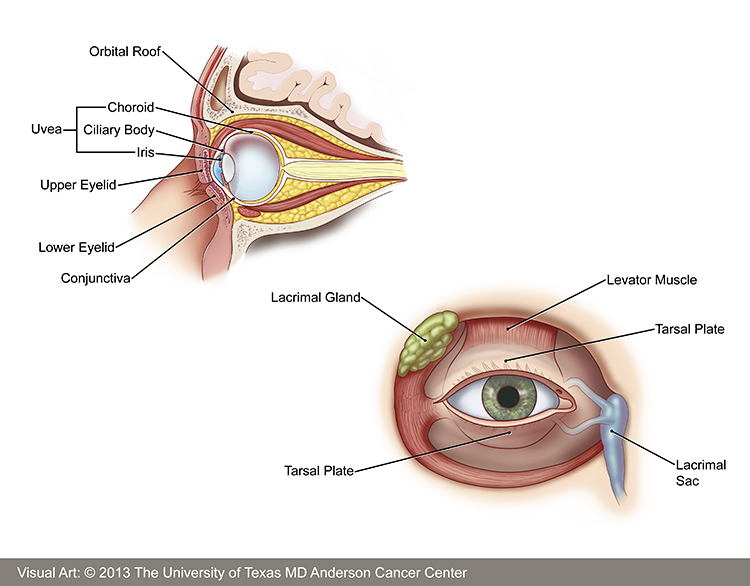Eye cancer is a nightmare, to say the least, for anyone diagnosed with it across the world. According to the American Cancer Society, 2,700 new cases of eye cancer are diagnosed each year in the United States of America alone. It has a high mortality rate, and if patients have to undergo a surgical procedure called exenteration, they can be left in need of a prosthetic eye, which can be prohibitively expensive and often is not covered by health insurance.
Typical facial prostheses can cost $10,000 to $15,000 and take weeks to finish. Each one is created by an ocularist, a specialist who creates a facial cast, and creates a prosthetic eye using rubber, then adding skin color and individual eyelashes.
Although I appreciate arts, basic healthcare worldwide is so unaffordable to so many people that this is one area of 3D printing that actually alleviates both physical suffering and financial desolation. People have life-threatening illnesses and/or deformities, and need advanced medical care for their families.
Thankfully, researchers have developed a fast and inexpensive way to make facial prostheses for eye cancer patients using facial scanning software and 3D printing, according to findings released at AAO 2014, the 118th annual meeting of the American Academy of Ophthalmology. Dr. David Tse, professor of ophthalmology at the Bascom Palmer Eye Institute in Florida, is highly skilled and experienced in ophthalmic plastic, orbital surgery and oncology. While treating a child with eye cancer who had both eyelids removed as well as eye and socket material due to an exenteration procedure, Dr. Tse raised donations to help pay for her first prosthesis. Now a teenager, she has grown out of the prosthesis and must instead wear an eye patch.
“Hopefully, using this quick and less expensive 3D printing process, we can make an affordable facial prosthesis for her and also help thousands of other people like her who lack the resources to obtain one through an ocularist,” said Dr. Tse.
So, how does it work?
Using topographical scanning and 3D printing technology,researchers at the University of Miami developed a process to manufacture facial prostheses in a matter of hours. The patients are scanned on the undamaged side of their face using a mobile scanner. A scan is then taken of the side of the face with the orbital defect. The software program then meshes the two scans together to create a 3D image of the face. The topographical information goes to a 3D printer, which translates the data into a mask formed out of injection-molded rubber suffused with colored pigments matching the patient’s skin tone.
Dr. Tse and his team from the Composite Materials Lab at the University of Miami, devised a material that involves a “proprietary mix of nanoparticles that provides extra reinforcement and makes it possible to match many shades of skin.” In time, conventional facial prostheses discolor and are prone to breaking down around the edges. In this new 3D printed version, nanoclay prevents dirt from depositing and protects the material from changing color when exposed to moisture and light. If the prosthesis ever needs to be replaced, it can be done with the push of button.
“Once we have a patient scanned, we have the mold, so we can create a new prosthesis in no time,” said Landon Grace, Ph.D. She directs the Composite Lab and is also an assistant professor of mechanical and aerospace engineering. “Our long-term goal is to help patients anywhere in the world. We could get a mobile scan, download the data in Miami, print out the prosthesis and ship it back to the patient the next day.”
This is wonderful news for people who need or want a prosthetic eye but are wearing a patch because they couldn’t afford the cost-prohibitive traditional prostheses.
New medical prostheses applications are a particularly important and fascinating part of the 3D printing industry. The cost of expensive prostheses drops way down (sometimes as much as 100 times) in a 3D printed version. A new 3D printing medical application can actually improve patient care and help doctors prepare for risky surgery. The future of 3D printing skin and organs looks bright. Any patient-centered advance is the most important thing. But an interesting trend occurs when the characteristic of customization that is necessary for medical applications, shifts to a characteristic that may be desirable in terms of consumer market demand.




